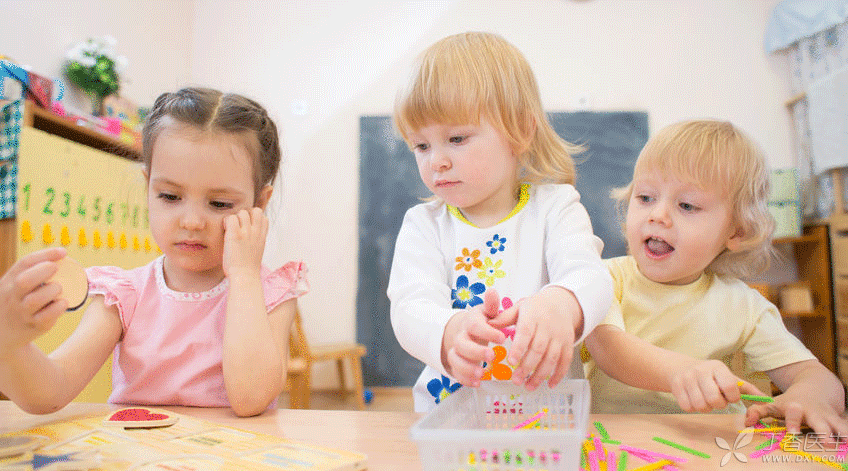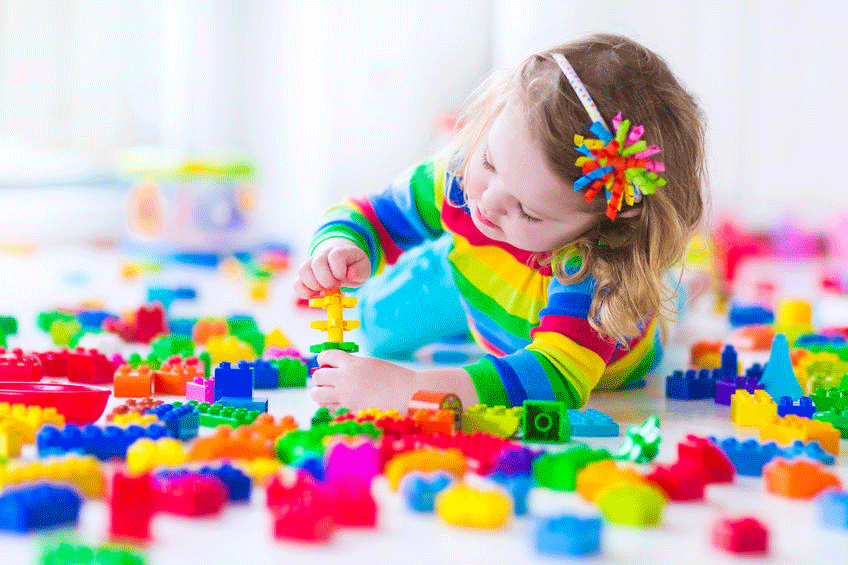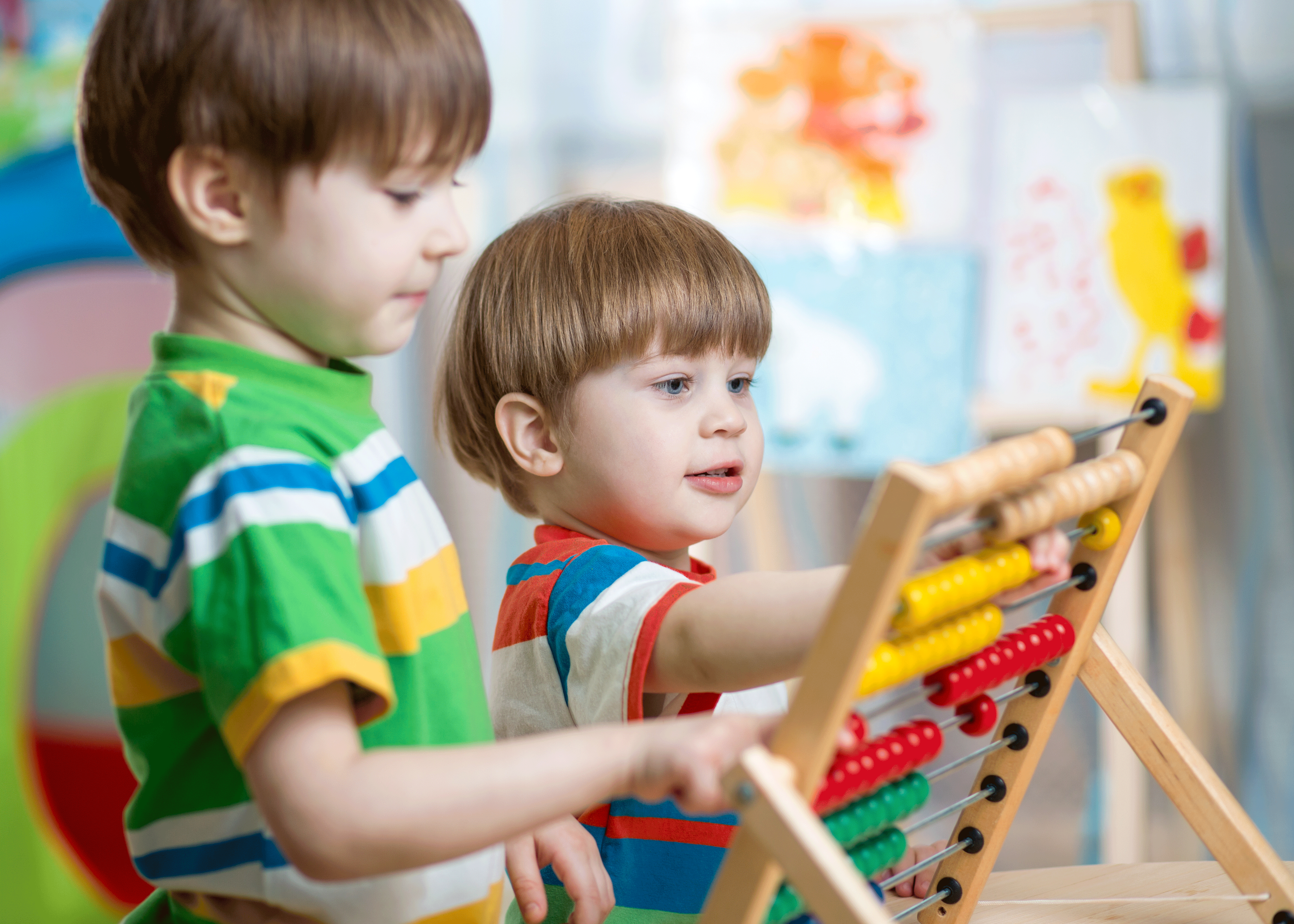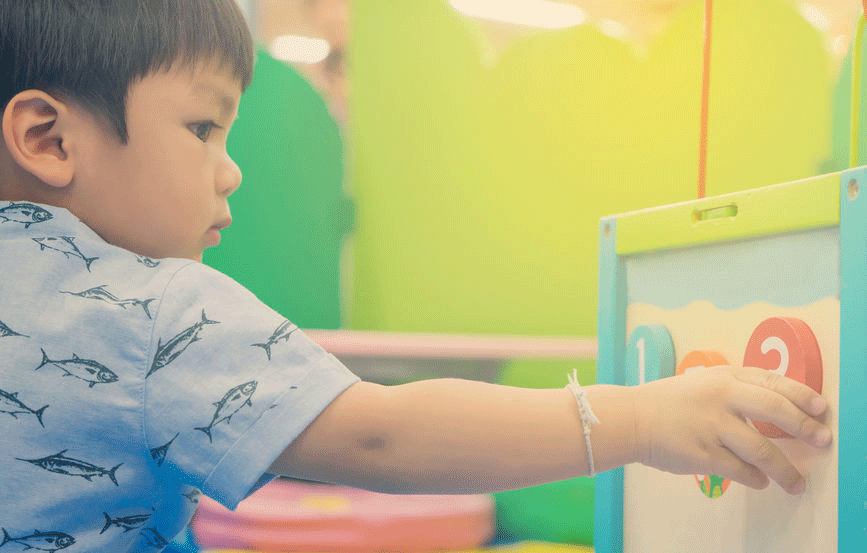A few days ago, a mother in Clove’s comment area asked, “Do you want to take your children to early education classes?”

As a result, we had an interaction with everyone. Please give some praise to readers who want to see the contents of the early education class.
Unexpectedly, the comment that replied to everyone received more than 6,000 praises at once, three times higher than the number of praises received by the article.

In line with the rigorous attitude of modesty and self-awareness (no longer want to be urged to work), the old mother of the editorial department of clove mothers quickly set up an early education analysis [task force] and invited teacher Ye Zhuang, a child education expert, to tell everyone whether it is necessary to give children early education classes.
The role of early education classes is very limited.

1. Can early education improve children’s IQ? Can’t
[Improving IQ] is the killer of attracting students in early education classes. In fact, human brain development is a long process, and early education activities before the age of 2 can hardly have what influence on human intelligence.
No matter whether you attend the early education class or not, as long as you provide your child with sufficient nutrition, sufficient life stimulation and good interpersonal space, your child will become smarter and smarter.
2. Early Education Class Develop Right Brain Potential? It’s just a gimmick
In addition to IQ, early childhood education classes also use [right brain development] or [whole brain development] gimmicks, flaunting that different courses offered by early childhood education classes can stimulate children’s left and right brain potential and fully develop children’s brains.
In fact, the left and right hemispheres of the brain have only subtle tendencies in ability, and there is no completely separated division of labor. When the brain is in operation, the left and right brains still work together to think and process things.
The idea of developing the potential of the left and right brains has long since disappeared in academia.
3. Go to early education to improve social skills? Children are independent players until they are 3 years old.
Many parents let their children attend early education classes in order to give them more opportunities to communicate and play with their peers and cultivate some social skills.
But in fact, it is difficult for children before the age of three to master interactive games and really socialize-which is why children at the age of three have to go to kindergarten to start socializing.
Generally speaking, it is not until the age of three and a half that children can begin to master social games with more complicated situations and involve higher levels of interaction.
Based on the above three points, from the perspective of ability cultivation, my conclusion is-
Normal families do not need to give their children special early education classes.
In daily life, as long as the family maintains daily interaction with the child, there will not be too many deviations in the way the baby’s ability develops when feeding.
It is easy to ignore the problem of early education classes.

1. The gap between high expectations and low cost performance is large.
One of the biggest problems in early education classes is the cost-performance ratio. Cheap early education classes cost 10,000 to 20,000, and expensive classes may cost 60,000 to 70,000, which is equivalent to hundreds of dollars per class hour.
After actual experience, many parents often find that their children’s growth and harvest may not meet their expectations completely:
When other children enthusiastically take the stage to interact with teachers, your children may be introverted and stay in the corner by nature.
When the child had just developed some preferences for the toys he had handed out, he was soon taken away and replaced by another one to experience.
When other children are smearing a picture with paint, your child may not even have the idea to open the paint.
…….
In the end, you finally wake up to the fact that the growth and progress promised by the Early Childhood Education Center cannot be quantified when you swipe the money to run the card. This is mostly the careful arrangement and design displayed by the Early Childhood Education Center to parents.
Children can realize less than one-third of the dazzling array of projects.
At this time, do you continue to bite the bullet and spend weekends with your children to continue classes, or do you just abandon Cary’s class hours and turn around and walk away?
I have seen many parents follow the trend of early education classes and pay on impulse, but because of the big gap, they failed to lose the class hours they bought that year [with huge investment] when their children were over the age of early education.
From a monetary point of view alone, this [huge sum of money] for early education classes may be more worth spending in many other places.
2. Think that you can do a good job of early education with money.
You spent a lot of money on the courses of the early childhood education class, and for no other reason, you just want to force some time to accompany your children in your busy life.
The original intention is good, but over time it is easy to form a situation of [accompanying children in class and busy working after class].
You may not even realize that you have unconsciously pinned all your companionship on the early education class and become the “shopkeeper of cutting off your hands”, ignoring the education and companionship in daily life.
But in fact, family education is the cornerstone of early childhood education. Simply pinning early childhood education on early childhood education classes is obviously putting the cart before the horse.
Early education ≠ early education, family education is more important

Taking children to early education classes is not the whole of early education classes. On the other hand, companionship in daily life is of greater significance in early education.
Many parents may say, [I don’t know how to accompany my children, so I will rest on the early education class.]
At this time, don’t let go to audition for a few early education classes. After listening to different early education liners, you can roughly know what you are playing with your children in the early education class.
Generally speaking, early education classes are basically divided into physical fitness classes, music classes, art classes, language classes, etc., which are used to cultivate children’s athletic ability, artistic aesthetics and language ability respectively.
For babies at this stage, the most important thing is not to learn what, feel what, and develop what in physical ability. This does not necessarily mean that children should be educated according to the rules and regulations in early education classes. It is enough to have general ideas and directions.
Like the content of the physical fitness class, parents can take their children to nature.
Take an inflatable ball, a piece of yoga mat, by the father lying holding the baby to do warm-up exercise first. After warming up, you can let the mother and the baby in a group, the father himself in a group, play the game of pushing the ball and rolling the ball together. It can not only exercise the child’s big action ability, but also enhance the physique and enhance the parent-child relationship.
The content of the music class can also be carried out at home.
Buy some small musical instruments for children, such as small harmonica, small leather drum, small flute, small trumpet, etc., and put on a small tune. Parents can play the beat with the sound of the baby’s random blowing. Let the child find the rhythm he likes in different melodies. Let the child feel and experience, which is the real meaning of early education.
Art class games can also be played at home with the whole family.
Prepare white paper, paper plates and some safe pigments. If a child’s palm is stained with pigments, print them as he likes. When seeing beautiful [random works], mothers can also work with their children, plastic them and hang them at home for decoration.
It is also to spend time playing with children, but at home you don’t have to spend the energy of running back and forth to the early childhood education center, let alone spend tens of thousands of dollars. You can also give children high-quality company.
Do you want to take an early education class? Can’t you make such a clear choice yet?
